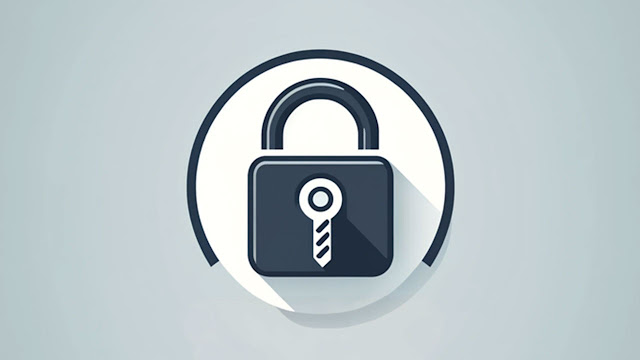Introduction
Snowflake, a leading cloud computing and analytics company, recently reported that a select number of its customers have been targeted in a sophisticated campaign. The attack, leveraging stolen credentials from single-factor authentication (SFA) systems, has raised significant concerns about the security of cloud platforms. Despite thorough investigations, Snowflake, in collaboration with CrowdStrike and Google-owned Mandiant, has found no evidence of a vulnerability, misconfiguration, or breach within its own platform.
Investigation Findings
Absence of Platform Vulnerabilities
Snowflake's investigation, conducted alongside cybersecurity experts from CrowdStrike and Mandiant, confirmed that there were no vulnerabilities, misconfigurations, or breaches within its platform. Additionally, there was no evidence to suggest that current or former Snowflake personnel's credentials were compromised.
Focus on Single-Factor Authentication
The threat actors targeted Snowflake customers using SFA, exploiting credentials acquired through information-stealing malware. This tactic enabled unauthorized access to databases configured with SFA, highlighting the critical need for stronger authentication measures.
Recommendations for Enhanced Security
Implementation of Multi-Factor Authentication (MFA)
In response to the attacks, Snowflake urged organizations to implement MFA. This security measure requires users to provide multiple forms of verification before gaining access, significantly reducing the risk of unauthorized access through stolen credentials.
Limiting Network Traffic
Snowflake also recommended that organizations restrict network traffic to trusted locations only. By implementing network access controls, companies can minimize the risk of unauthorized connections, further protecting their data.
Governmental and Advisory Responses
CISA and ACSC Alerts
The U.S. Cybersecurity and Infrastructure Security Agency (CISA) issued an alert advising organizations to follow Snowflake's guidance to detect and prevent unusual activity. Similarly, the Australian Cyber Security Centre (ACSC) warned of successful compromises involving Snowflake environments and urged organizations to adopt the recommended security measures.
Identifying Malicious Activity
Indicators of compromise include connections from clients identifying as "rapeflake" and "DBeaver_DBeaverUltimate." Organizations are encouraged to monitor for these signs and take immediate action if detected.
Recent Breach Controversies
Hudson Rock's Report and Retraction
A cybersecurity firm, Hudson Rock, initially suggested that breaches at Ticketmaster and Santander Bank were due to compromised Snowflake employee credentials. However, Snowflake disputed this claim, and Hudson Rock subsequently retracted its report.
ShinyHunters' Disinformation
The persona known as ShinyHunters, claiming responsibility for the breaches, stated that Hudson Rock's explanation was incorrect. This further complicates the understanding of how these high-profile companies were compromised.
The Growing Threat of Infostealers
Rise of Information-Stealing Malware
Independent security researcher Kevin Beaumont emphasized that infostealers have surpassed traditional threats like botnets in prevalence. These malware types pose a significant risk by capturing and distributing sensitive credentials.
Role of a Teen Crime Group
The attacks on Snowflake customers are believed to be orchestrated by a teen crime group, showcasing the evolving nature of cyber threats and the diverse profiles of threat actors.
Conclusion
The recent targeted attacks on Snowflake customers underscore the importance of robust security practices, including MFA and strict network access controls. While Snowflake's platform remains secure, the reliance on SFA by some customers exposed vulnerabilities that were exploited by sophisticated threat actors. Organizations must remain vigilant, implement recommended security measures, and stay informed about emerging threats to protect their valuable data in an increasingly interconnected digital landscape.











0 Comments